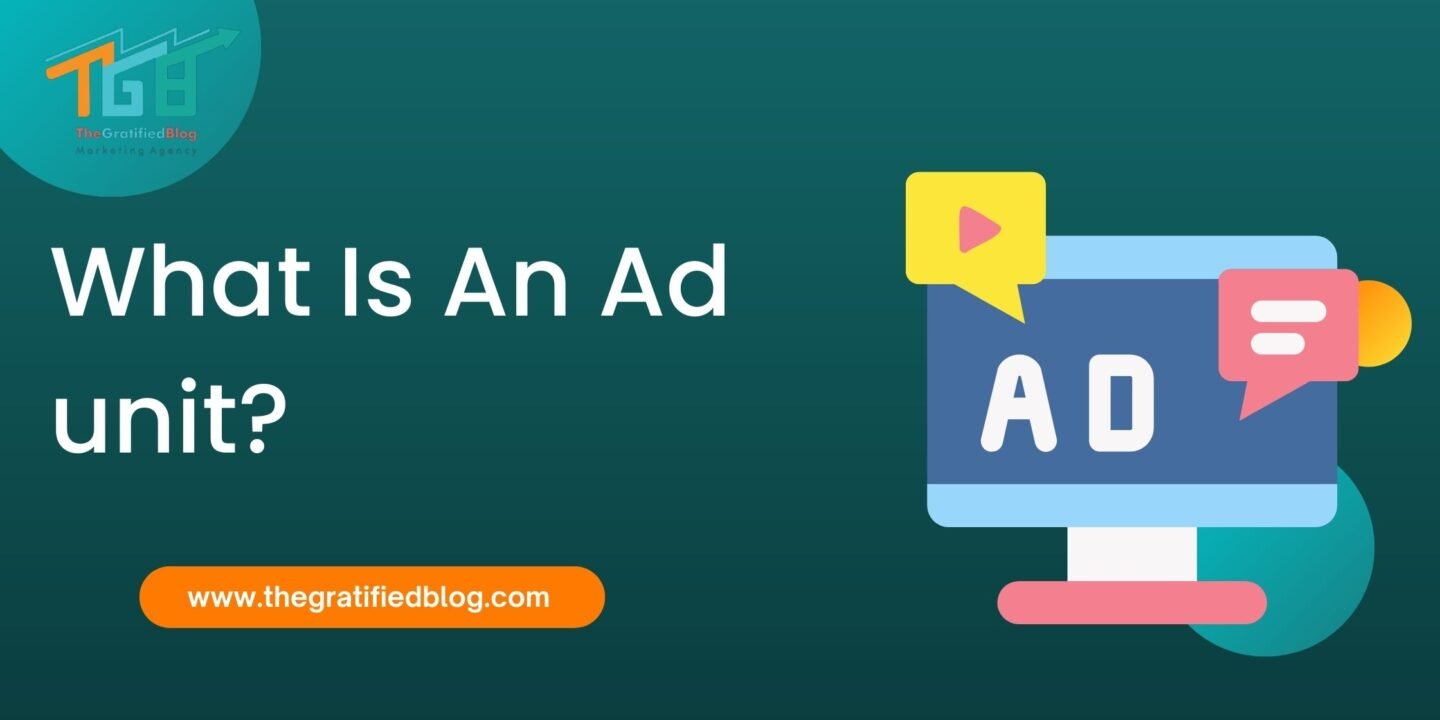
In the age of digital advertising dominance, the term “ad unit” is a fundamental concept that underpins the entire ecosystem. Whether you’re a digital marketer, a website owner, or a curious internet user, understanding what an ad unit is and how it functions is crucial in navigating the ever-evolving landscape of online advertising.
As the internet continues shaping how businesses connect with their target audiences, ad units have become integral to the advertising jigsaw puzzle. These discreet yet powerful elements play a pivotal role in determining the effectiveness of digital campaigns, the profitability of websites, and the overall user experience.
So, let’s embark on a journey to unravel the mystery of ad units, demystify their significance, and shed light on the intricate mechanisms that drive this dynamic facet of digital advertising. Whether you’re an experienced marketing professional or beginning to explore the realm of online ads, This blog post will serve as your comprehensive resource for comprehending what an ad unit truly is and why it matters in the grand scheme of digital advertising.
What Is An Ad Unit, And What Are The Different Types Of Ad Unit Monetization?
An ad unit is a standardized advertising format or space where advertisers can display their content. These units are designed to fit seamlessly within the content or layout of a website, app, or any digital platform where ads are displayed. Ad units can take various forms, including text, images, videos, interactive elements, and more.
Banner Ads:
These are rectangular or square display ads that appear at a web page’s top, bottom, or sides. They come in various sizes and are commonly used for brand promotion and awareness.
Interstitial Ads:
These full-screen ads typically appear between content transitions, such as during mobile app loading screens or between levels in mobile games.
Native Ads:
Native ad units are designed to Integrate harmoniously with the platform’s content they are featured on, aligning with the visual style and tone of the surrounding material, thus reducing intrusiveness and enhancing engagement.
Video Ads:
Video ad units play short video clips to engage the audience. They can be in-stream (within video content) or out-stream (standalone videos).
Rich Media Ads And Text Ads:
These ad units incorporate interactive elements like animations, games, and more, offering a more engaging user experience.
Text ads are typically used in search engine advertising. Text ads contain a headline, a brief description, and a clickable link. They are designed to be relevant to the user’s search query.
Why Do Ad Units Matter?
Ad units are a critical component in the world of digital advertising, and they matter for several reasons:
- Consistency and Organization: Ad units provide a standardized way to display advertisements on websites, apps, and other digital platforms. They define ads’ size, format, and placement, ensuring a consistent and organized appearance.
- User Experience: Well-designed ad units can enhance the user experience by blending seamlessly with the content and not disrupting the flow of the website or app. Ad units that are too obtrusive or intrusive May result in a subpar user experience, potentially causing users to navigate elsewhere.
- Advertiser Relevance: Ad units allow advertisers to select the most appropriate format for their message. Different ad units are better suited for different types of content and marketing goals. For example, display, video, and native ads serve different purposes and can be more effective in specific contexts.
- Performance Metrics: Ad units make tracking and measuring advertisements’ performance easier. Advertisers can analyze click-through rates, conversion rates, and other key performance indicators specific to each ad unit to assess the effectiveness of their campaigns.
- Targeting and Personalization: Ad units can be used with targeting and personalization techniques to deliver more relevant ads to users. For example, a social media platform might use different ad units for user segments, showing personalized content to increase engagement.
- Revenue Generation: Publishers use ad units to monetize their websites or apps by selling advertising space to advertisers. The choice of ad units and their placement Can substantially affect the revenue generated by a digital property.
- Aesthetics and Design: Ad units can be designed to align with a website or app’s overall look and feel, making them more visually appealing and less intrusive. Well-designed ad units can contribute positively to a site’s aesthetics.
- Ad Blocker Compatibility: Some ad units are more resistant to ad blockers, which have become increasingly popular among users looking to avoid intrusive or irrelevant ads. Advertisers and publishers need to consider ad blocker compatibility when choosing ad units.
Conclusion
In today’s digital advertising landscape, ad units are the building blocks that shape how ads are presented, measured, and experienced. So, what is an ad unit exactly? Whether you’re a marketer looking to optimize your campaigns or a website owner seeking to monetize your content, understanding the significance of ad units is paramount.
To dive deeper into this topic, share your thoughts or questions in the comments below. What’s your experience with ad units, and how have they impacted your digital advertising journey? We’d love to hear from you!








No Comments